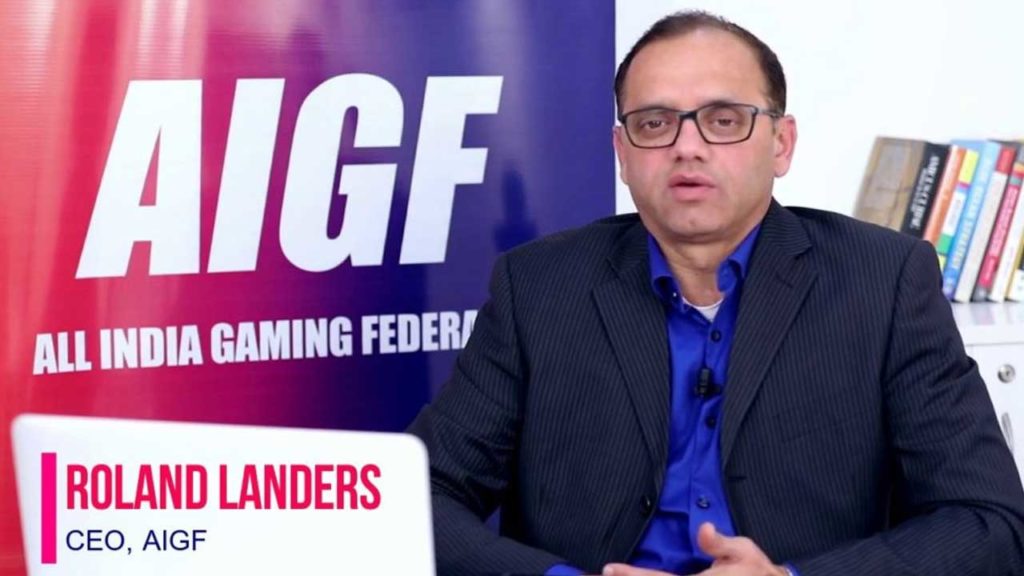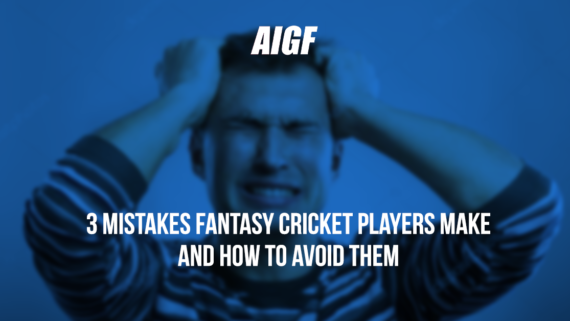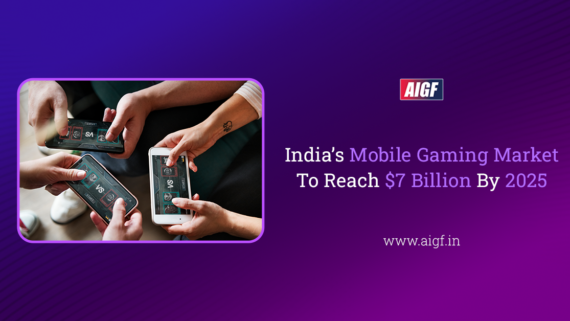All India Gaming Federation CEO Roland Landers opens up on future of India’s gaming industry
Gaming in India came with the advent of mobile phones in the country in the early 2000s. People pressed the 2s, 4s, 6s, and 8s in their keypads hurriedly, navigating the snake by gobbling food, meanwhile ensuring it doesn’t hit the wall or end up eating itself. Soon, calculator games came up. Designed specifically for the younger generation, it included a variety of activities like assembling blocks in a specified manner to shooting down objects.
It is fascinating to note that in little less than two decades, the Indian gaming market has grown to be at a whopping $338.4 million in revenue in 2017 and it is expected to touch the $1.1 billion mark in 2021, according to a report by Frost & Sullivan.
The universal recreational appeal of gaming for people across all ages and socio-economic groups have benefitted the market in India immensely.
The CEO of All India Gaming Federation Roland Landers:
“The Indian gaming industry has witnessed a paradigm shift. The rapid growth in digital infrastructure, increasing smartphone affordability and penetration, expansion of the internet user base, declining data price, younger audience, and evolution of digital and online gaming models have contributed to a surge in the number of online gaming players over the last couple of years.”
Brands such as Dream 11 and Ace2Three are leading in the fantasy sports gaming and online rummy sectors. Others like MPL, Paytm First Games, Adda 52, Poker Stars, and Poker Baazi are playing their part in the digital sports gaming and online poker sectors.
“There are multiple players in the online gaming market and each one of them contributes to the growth of the industry, though there are a few players that are taking the lead in driving growth in this sector,” adds Roland.
A major barrier in the growth of this industry is the perception of the masses. Although the public believes they cause much harm than help, experts from diverse fields like educationists, pro-gamers, mental health experts, psychologists, and gaming developers have mentioned that there are a couple of advantages.
“Just as physical exercises help in reinforcing and improving one’s muscles, digital games can also help indulge one’s brain in constant stimulation, thus enhancing their cognitive skills. The key, however, is to maintain a good balance between time spent between playing online games and other activities,” Roland interjects, the benefits of which have been detailed in their media report ‘Online Games: A tool for learning & development.’
As simple as it seems, the online gaming sector is mainly divided into three key segments – real money games (RMG), mobile-centric/casual games and e-sports. Established in May 2016 as the apex industry body for Online Skill Gaming in India and facilitating recognition for one of the fastest-growing sectors of the Indian economy, AIGF mainly focuses on real money games.
” Online gaming has various formats and different revenue streams like ad-driven or led by in-app purchases. We at AIGF deal with the real money games segment. Within the RMG genre, the further sub-classifications include rummy, poker, daily fantasy sports and quizzing and work on a subscription-led model since they are pay to play formats. “
E-Sports were included at the 2018 Asian Games as a demonstration sport, featuring six video games. India qualified in four of them with 23-year-old Tirth Mehta clinching bronze in the Hearthstone event.
“With Olympic bodies like IOC, Olympic Association of Asia coming out in support of eSports more and more people are taking the sport seriously. We see this sector becoming one of the key drivers of the economy in Tier 2 and 3 towns and growth of women gamers contributing in a big way. On the technology front elements of AR, VR and cloud gaming will greatly enhance the gaming experience,” he signs off.









Comments
No comment yet.